Life
Sign up for our newsletter
We summarize the week's scientific breakthroughs every Thursday.
-
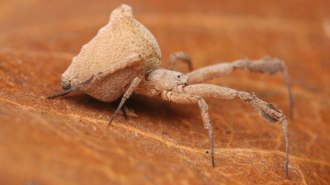 Animals
AnimalsThis spider’s barf is worse than its bite
Most spider species subdue dinner by injecting venom from their fangs. Feather-legged lace weavers swathe prey in silk, then upchuck a killing brew.
By Susan Milius -
 Neuroscience
NeuroscienceAt early ages, autism in girls and boys looks similar
A new study of more than 2,500 children under 5 found little difference in autism symptoms between boys and girls.
-
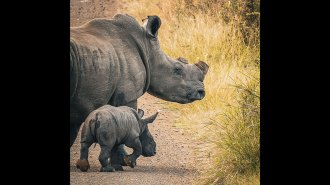 Animals
AnimalsPreemptively cutting rhinos’ horns cuts poaching
Comparing various tactics for protecting rhinos suggests that dehorning them drastically reduces poaching.
By Jake Buehler -
 Animals
AnimalsProbiotics helped great star corals fend off a deadly disease
A probiotic paste prevented the spread of stony coral tissue loss disease, but the treatment is still a proof-of-concept, not a cure.
-
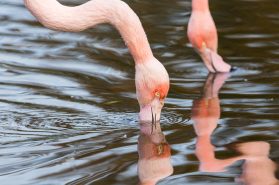 Animals
AnimalsFlamingos create precise water vortices in a shrimp-hunting frenzy
Nashville Zoo flamingos reveal the oddball birds generate many types of vortices to eat. The swirls could be an inspiration to human engineers.
By Elie Dolgin -
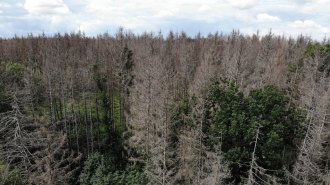 Plants
PlantsTrees ‘remember’ times of water abundance and scarcity
Spruce trees that experienced long-term droughts were more resistant to future ones, while pines acclimatized to wet periods were more vulnerable.
-
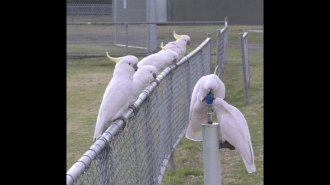 Animals
AnimalsAussie cockatoos use their beaks and claws to turn on water fountains
Parrots living in Sydney have learned how to turn on water fountains for a drink. It's the first such drinking strategy seen in the birds.
By Jake Buehler -
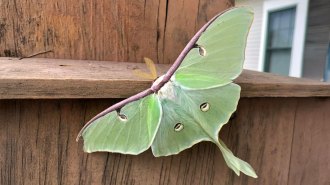 Animals
AnimalsHow luna moths grow extravagant wings
Warm temperatures, not just predator pressure, may favor luna moths’ long bat-fooling streamers, a geographic analysis of iNaturalist pics shows.
By Susan Milius -
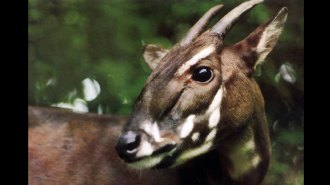 Animals
AnimalsGenetics might save the rare, elusive saola — if it’s not already extinct
A new genetic study could help saolas survive by enabling better searches through environmental DNA. But some experts fear they may be extinct already.
By Tom Metcalfe -
 Health & Medicine
Health & MedicinePersonalized gene editing saved a baby, but the tech’s future is uncertain
The personalized CRISPR treatment could be the future of gene therapy, but hurdles remain before everyone has access.
-
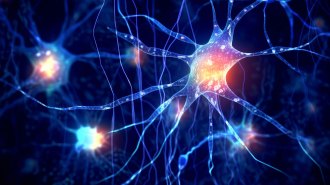 Neuroscience
Neuroscience‘Silent’ cells play a surprising role in how brains work
New studies show that astrocytes, long thought to be support cells in the brain, are crucial intermediaries for relaying messages to neurons.
-
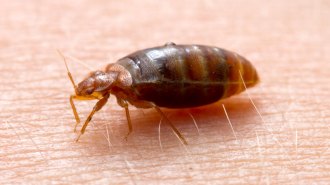 Animals
AnimalsBedbugs may have been one of the first urban pests
Common bedbugs experienced a dramatic jump in population size about 13,000 years ago, around the time humans congregated in the first cities.
By Jake Buehler